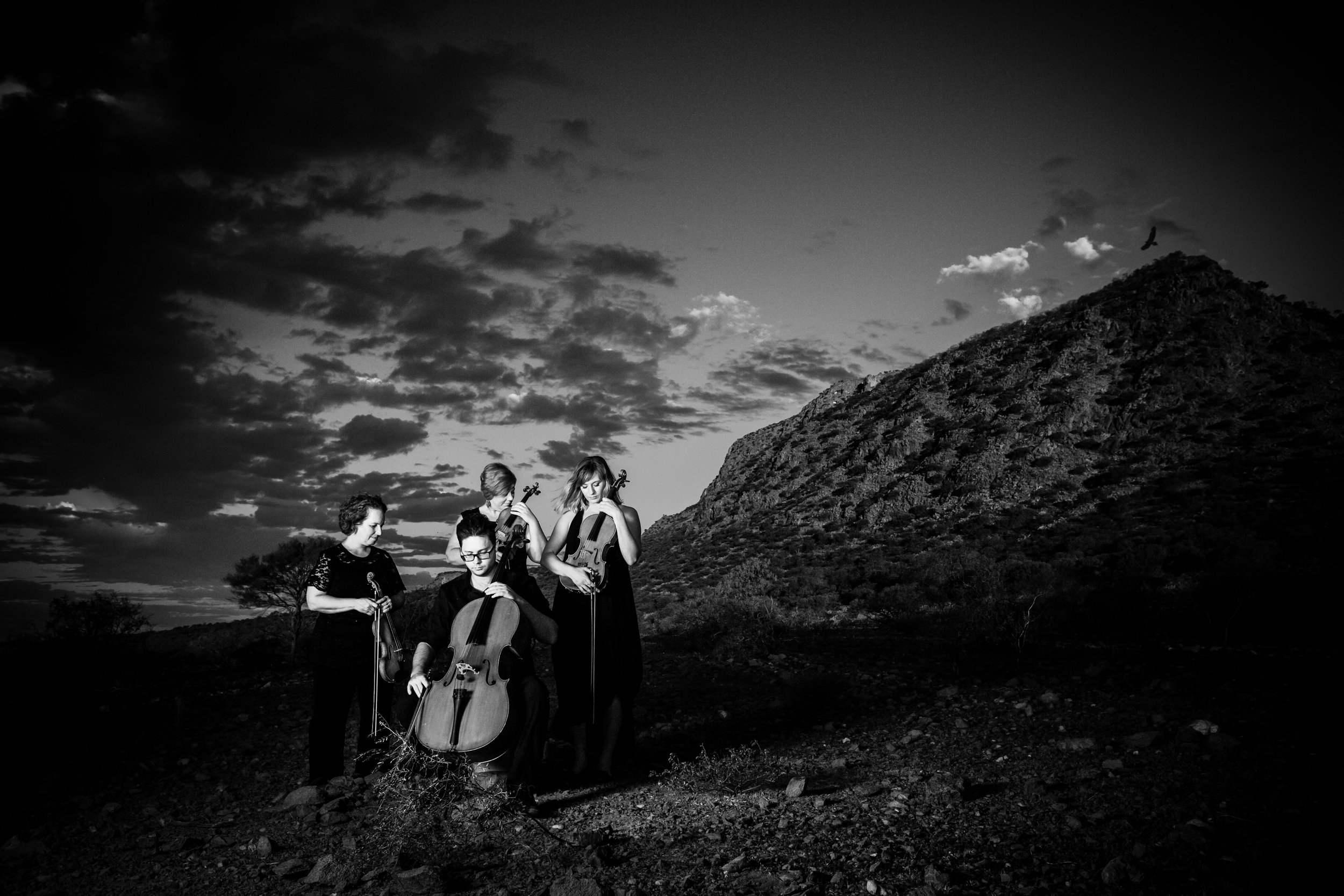
Productions
Creality Cabaret
‘Creality Cabarets’ are set on the edge of the Indian Ocean, ancient desert landscapes, or dry river beds. They are hosted by time-travelling characters: The Chinaman Pearler, The Afghan Cameleer, Eko the only Japanese woman in the Gascoyne’s 1901 census, Cultural Outliers, European Overlanders, Heroes, Villains and Victims.
The Creality Cabaret series brings the Gascoyne’s past to light - Variety Show style! Dress up and experience high-end entertainment. This is a time for adults to come out and play, to share exquisite food made from local produce and cooked on location and to delight in cabaret entertainment from Creality’s local & international performers. Audiences are treated to live music, comedy, circus entertainers, fire performance and storytelling, sometimes cheeky, sometimes moving, always an adventure.
An example of one of the characters from Creality Cabaret includes a young Chinese man called Ah Ping who lived, worked and died in Shark Bay’s early 19th century pearling industry.
Ah Ping: The Chinaman
Throughout regional Australia you’ll find a Chinamans pool or Chinaman’s Beach, a jade plant growing next to the cook’s hut on an Outback Station. Tiny signs that someone from China was in Australia in the pioneering years, the gold rushes, booming pearling days, the days when frontiers were stretched and the hunger for resources and land fuelled men and women of all classes to seek their fortune. Most travellers and residents today wouldn’t give it a second thought yet regional Australia’s wealth was created by a complex mix of settlers, aboriginal communities and a small labour force of Asian men. The Chinaman was one of them. All that is left is a generic name on a map or sign but who were these Chinese men who braved ships from Singapore to come to Western Australia?
Anne Atkinson, Asian Immigrants to Western Australia, 1829- 1901, University of
Western Australia Press, Crawley, 1988. pp.80 and 228.
Between 1847 and 1897, approximately 1,000 Chinese immigrants entered Western Australia as indentured servants. They were recruited in Singapore through either public or private importation schemes to work under contract in the colony for two or three year periods. They were perceived by employers and the colonial government as a temporary and expedient source of labour to meet demands for cheap, plentiful and obedient workers in the pastoral, agricultural and pearling industries, Chinese were employed as shepherds, general labourers, domestic servants and boat crew. An integral characteristic of these occupations was isolation. This isolation took two forms: physical or material isolation, which can be measured as distance as well as inaccessibility, and social isolation stemming from barriers of ethnicity and class. Isolation and official and unofficial controls and restrictions - contained in the terms and conditions of contracts, the Master and Servants Act and the actions of employers - governed the experience and influenced the responses of Chinese indentured labour.